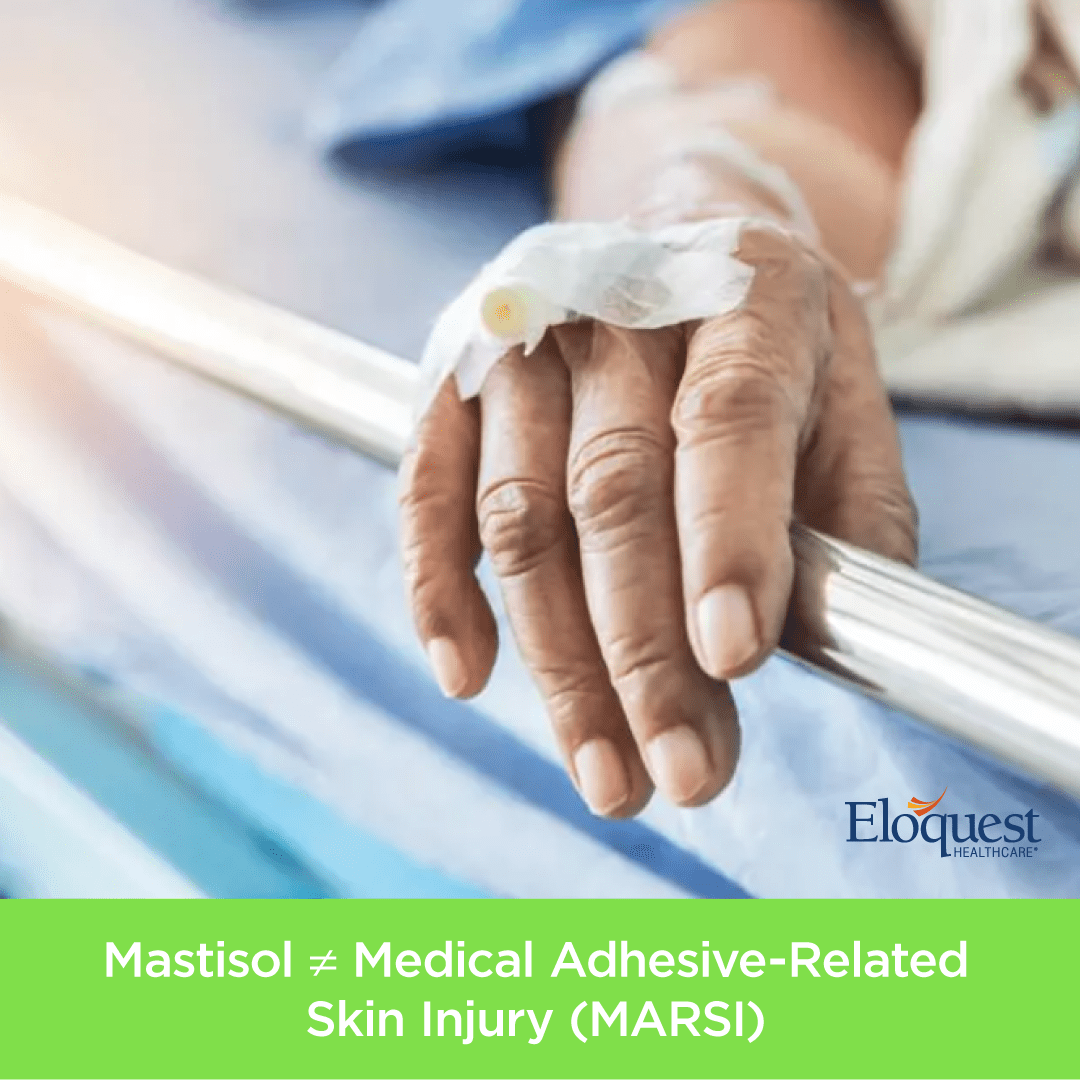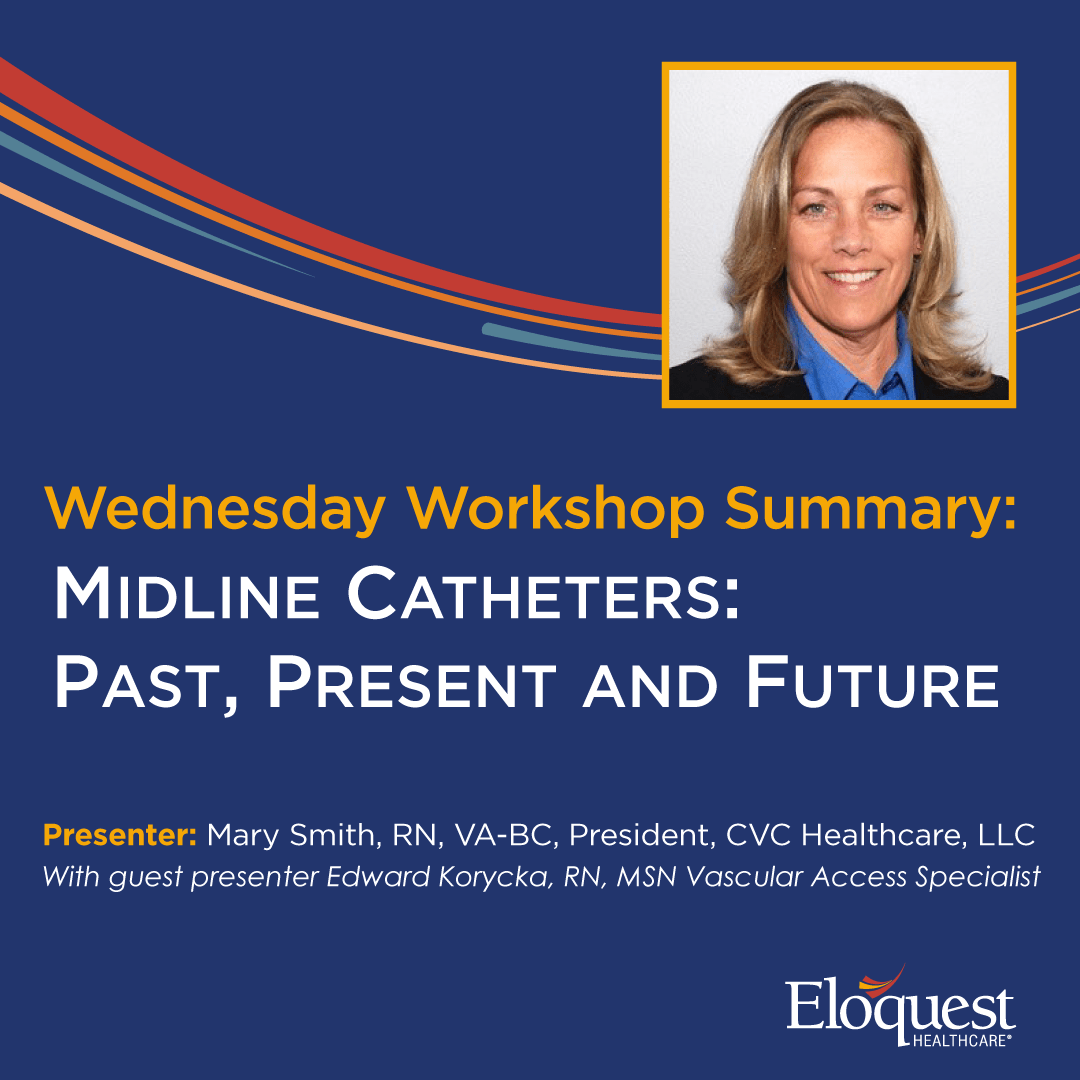AVATAR Randomized Controlled Trial Jugular CVAD
A “STICKY” Situation: Randomized Controlled Trial Investigates Use of Liquid Adhesive to Increase Dressing Adherence & Reduce CVAD FailureCVADs – Essential Devices with High Failure Rates Central venous access devices (CVADs) are essential to the timely and effective treatment of critically ill patients. They deliver lifesaving drugs, nutrition, and blood products. Yet despite their importance,…
Details










